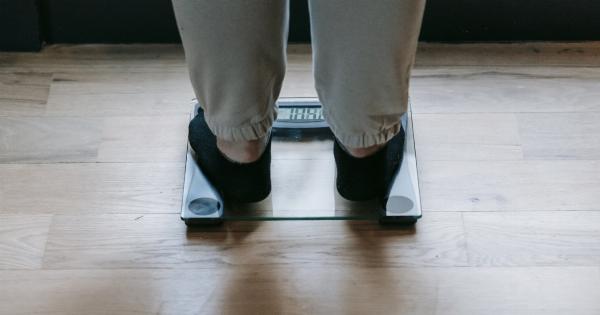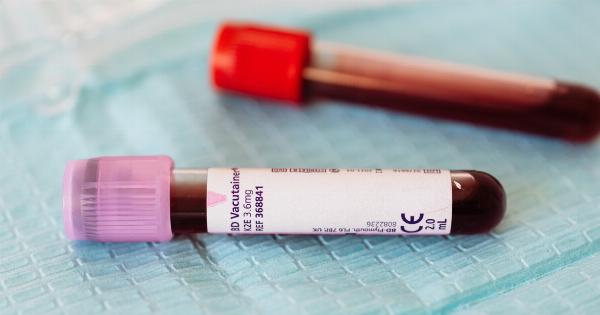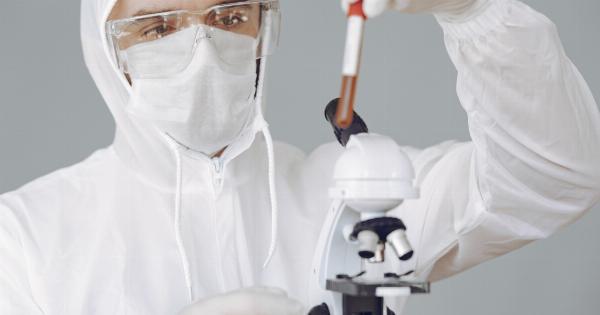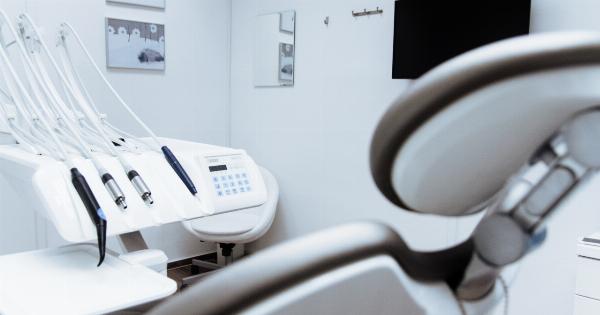The rate of caesarean section deliveries has been increasing worldwide, despite the World Health Organization (WHO) recommendation that the rate should not exceed 10-15% of all deliveries.
While the procedure can be lifesaving for both the mother and the baby in certain cases, it should not be undertaken lightly. Caesarean section deliveries come with a host of risks, many of which are hidden from the general public.
Risk of Infection
One of the most common risks of a caesarean section delivery is infection. The incision made in the uterus during the operation can act as an entry point for bacteria into the mother’s body.
The infection can lead to a fever, abdominal pain, and other complications. Mothers who deliver via caesarean section are also at risk of developing an infection in the incision site, which can be painful and take a long time to heal.
Increased Risk of Blood Loss
During childbirth, there is always a certain amount of blood loss. However, mothers who deliver through caesarean section are at a higher risk of losing more blood than those who give birth vaginally.
Excessive blood loss can lead to anemia and the need for a blood transfusion, which can have its own set of complications.
Risk of Blood Clots
A caesarean section delivery increases a woman’s risk of developing blood clots, as the procedure requires a longer period of bed rest than a vaginal birth.
Blood clots can be dangerous, as they can cause blockages in the lungs or other organs, leading to severe complications or even death.
Delayed Initiation of Breastfeeding
Mothers who deliver through caesarean section typically have a longer hospital stay than those who give birth vaginally. They may also have a longer recovery time due to the surgery, which can delay the initiation of breastfeeding.
This delay can make it difficult for the mother to establish a good milk supply and may affect the baby’s health and development.
Increased Risk of Respiratory Problems in the Baby
Babies born through caesarean section are at a higher risk of developing respiratory problems than those born vaginally.
This is due to the delay in the baby’s exposure to certain hormones during the labor process, which can help clear the lungs of fluid. Additionally, babies delivered via caesarean section miss out on the benefits of passing through the birth canal, which can help stimulate the immune system and promote overall health.
Risk of Adhesions
Adhesions are bands of scar tissue that can form after surgery. In a caesarean section delivery, the incision made in the uterus can cause adhesions to form between the uterus and other organs in the abdominal cavity.
These adhesions can lead to chronic pain, bowel obstructions, and difficulty getting pregnant in the future.
Possible Need for Repeat Caesarean Section Deliveries
Mothers who deliver via caesarean section have a higher risk of requiring a repeat caesarean section delivery in subsequent pregnancies.
Multiple caesarean sections increase the risk of complications during the surgery and can also make it more difficult for the mother to conceive in the future.
Increased Risk of Postpartum Depression
Mothers who deliver via caesarean section may be at an increased risk of developing postpartum depression.
The surgery and the recovery process can be physically and emotionally taxing, and the inability to bond with the baby right away due to pain or medication can be challenging for some women.
Higher Cost
Caesarean section deliveries are generally more expensive than vaginal births. The cost of surgery, medication, and a longer hospital stay can add up quickly and can be financially burdensome for some families.
Not Always Medically Necessary
Finally, it is important to note that not all caesarean section deliveries are medically necessary. Some women may be pressured into having the surgery by their doctors or based on personal preferences, rather than medical need.
In these cases, the risks of the surgery may outweigh the benefits, and women should carefully consider all of their options before deciding on a caesarean section delivery.































